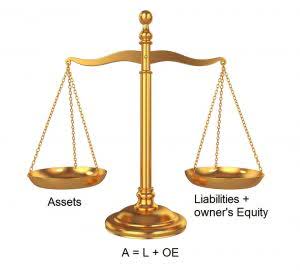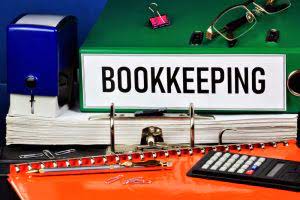
If the company’s ordinary income tax rate is 30%, the company may save $1,500 in taxes from the loss. In accounting, an asset’s salvage value is the estimated amount that a company will receive at the end of a plant asset’s useful life. It is the gross vs net amount of an asset’s cost that will not be part of the depreciation expense during the years that the asset is used in the business. To illustrate this, consider the example of a car that has been totaled and sold for scrap metal. The difference between the initial purchase price and the amount it sold for is the salvage value. Book value is the historical cost of an asset less the accumulated depreciation booked for that asset to date.
- If the company’s ordinary income tax rate is 30% and the capital gains tax rate is 15%, the company may have to pay $3,000 or $1,500 in taxes on the gain, respectively.
- A piece of machinery that was expected to have a $20,000 salvage value might sell for only $5,000 if a newer, better version floods the market.
- By assessing the value of the asset’s parts, such as metals or components with resale potential, an estimate of the salvage value can be derived.
- The Straight-Line Depreciation method, for instance, uses salvage value to determine the annual depreciation expense.
- Manufacturing and EquipmentIn manufacturing, machinery often has a significant salvage value, impacting budgeting and investment decisions.
Example of salvage value calculation for a car belonging to a business for after and before tax
Book value is what the asset is worth on financial statements after depreciation. Residual value is a term sometimes used interchangeably with salvage value but may include additional estimated costs. Understanding these differences helps businesses plan better for asset disposal and financial reporting. Salvage value influences financial salvage value statements beyond depreciation calculations, affecting a company’s balance sheet, income statement, and cash flow statement.
Salvage Value Template

Salvage value is defined as the book value of the asset once the depreciation has been completely expensed. It is the value a company expects in return for selling or sharing the asset at the end of its life. By integrating financial data and automating calculations, Deskera ERP ensures accuracy and consistency in determining salvage values across various asset categories. Add the present value of the salvage value to the present value of the other cash inflows of the project, such as revenues, cost savings, or tax benefits. Subtract the present value of the cash outflows of the project, such as initial investment, operating costs, or taxes. At this point, the company has all the information it needs to calculate each year’s depreciation.

Double-Declining Balance Depreciation Method
- If new technology makes existing equipment obsolete, its salvage value may drop significantly.
- This isn’t just the purchase price—don’t forget to include things like installation costs as well.
- Depreciation methods assess an asset’s value over time, influencing financial reporting and tax obligations.
- With AI-powered systems, companies can automate asset tracking, predict wear and tear, and estimate end-of-life value more precisely.
- Companies consider the matching principle when they guess how much an item will lose value and what it might still be worth (salvage value).
Salvage value, also known as residual value or scrap value, plays a crucial role in capital budgeting and financial decision-making. Whether you’re evaluating an investment, purchasing equipment, or planning for the replacement of an existing asset, understanding salvage value is essential. Most businesses set minimum amounts to determine whether they’ll depreciate an asset or expense it right away. A small business might set this threshold at $500, while larger corporations often use higher limits like $5,000 or $10,000. It’s simply not worth the time and accounting costs to depreciate everything a company buys for these purposes. It reflects the reality that assets lose value over time through use and obsolescence.
Changing market conditions

For example, due to rapid technological advancements, a straight line depreciation method may not be suitable for an asset such as a computer. It would be inaccurate to assume a computer would incur the same depreciation expense over its entire useful life. It is essential to Budgeting for Nonprofits consider these factors and make informed estimates to avoid loss for the owner.

Leave a Reply